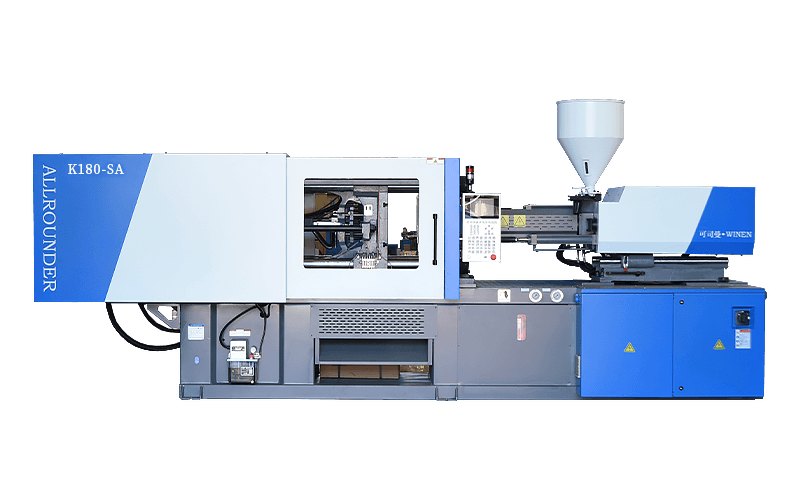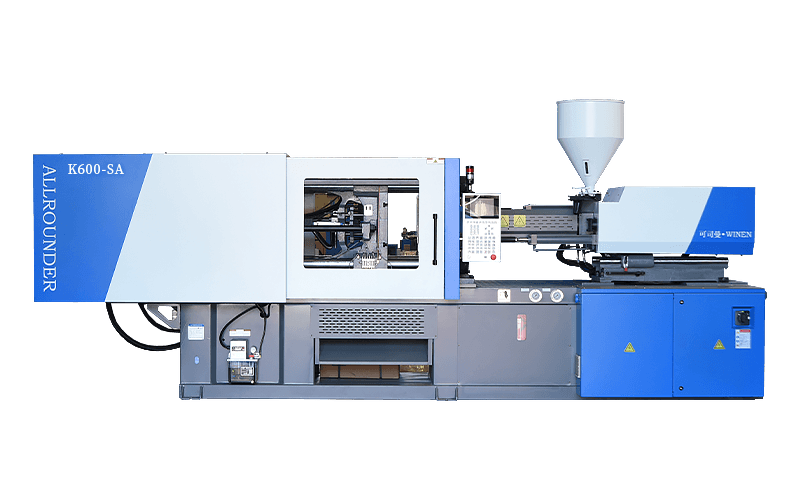Cooling time is a crucial step in the PET Injection Molding Machine, directly affecting the quality and production efficiency of molded products. Reasonable cooling time can ensure that the product has sufficient strength and stability when demolded, thereby reducing the defect rate and increasing production efficiency.
In PET injection molding, cooling time refers to the time it takes for molten PET material to transition from liquid to solid in the mold. Cooling time typically accounts for over 60% of the entire injection molding cycle, so optimizing cooling time is crucial for improving production efficiency. If the cooling time is too long, it will extend the production cycle and reduce production efficiency; if the cooling time is too short, the product may not be fully cooled when demolded, resulting in deformation or other quality problems.
Mold Design and Material
The design and material of the mold have a direct impact on cooling time. Mold materials with high thermal conductivity (such as beryllium copper alloy) can conduct heat more quickly, thereby shortening the cooling time. In addition, the design of the cooling channels in the mold is also very important. Optimized cooling channels can ensure that cooling water flows evenly through all parts of the mold, achieving a more efficient cooling effect.
Cooling Water Temperature and Flow Rate
Cooling water temperature and flow rate are important parameters that affect cooling efficiency. Properly lowering the cooling water temperature can accelerate heat transfer, but it should be noted that it should not be too low to avoid excessive thermal stress. Increasing the flow rate of cooling water can increase heat exchange efficiency, but an excessively high flow rate may increase system energy consumption and equipment wear.
Product Wall Thickness
The wall thickness of the molded product also affects the cooling time. Thicker products require longer cooling times because it takes longer for heat to transfer from the inside to the surface. Therefore, when designing products, it is effective to minimize wall thickness or use a uniform wall thickness design to shorten the cooling time.
Improve Mold Design
Optimize the design of cooling channels in the mold to allow cooling water to remove heat from the mold more evenly and quickly. Use high thermal conductivity materials to make mold components, such as beryllium copper alloy, which can significantly improve cooling efficiency.
Adjust Cooling Water System
Find the cooling effect by adjusting the temperature and flow rate of cooling water. Regularly clean the cooling water system to prevent scale and impurities from accumulating to ensure smooth cooling water flow.
Application of Cooling Auxiliary Technology
In some cases, cooling auxiliary technologies such as mold internal cooling or gas-assisted cooling can be used. These technologies can further accelerate the cooling rate and reduce the cooling time.



 English
English 中文简体
中文简体












